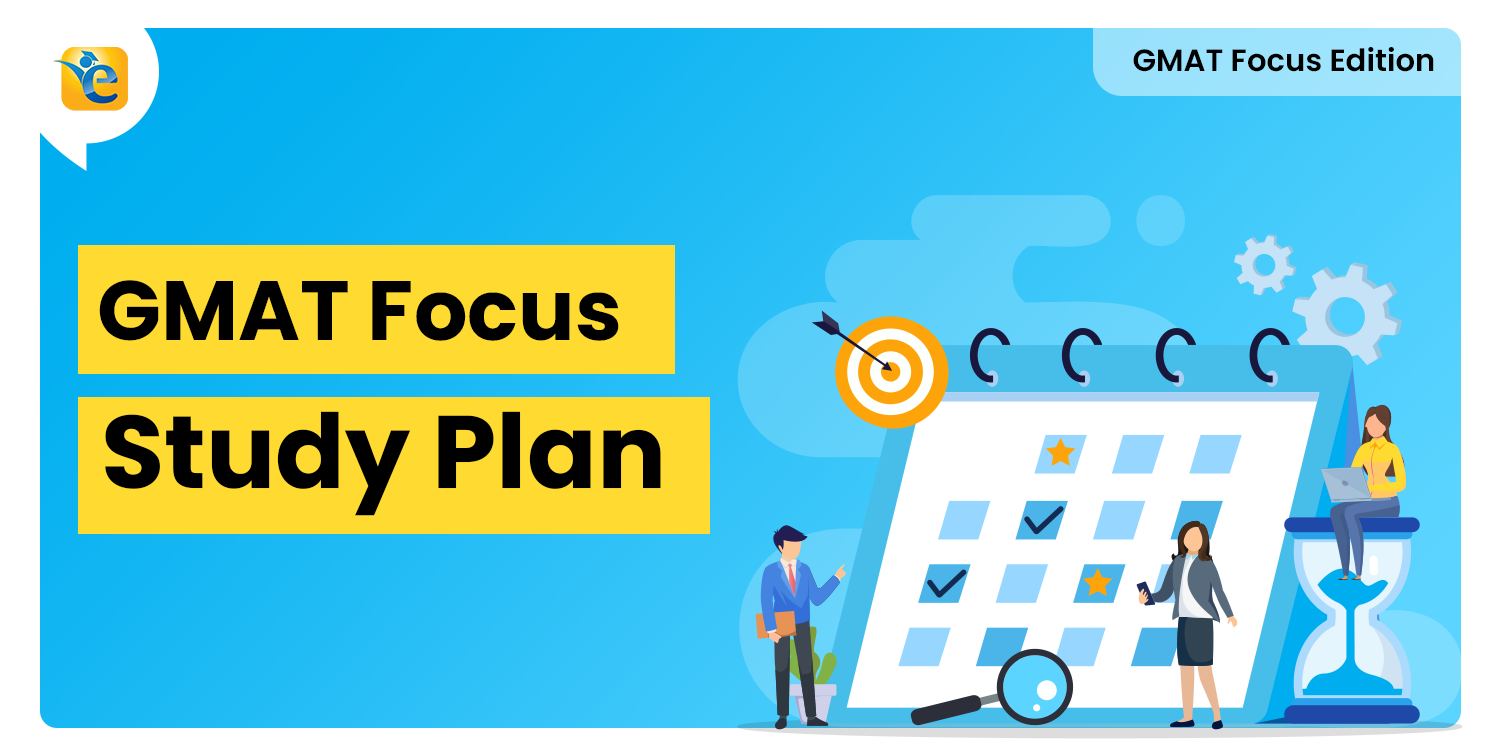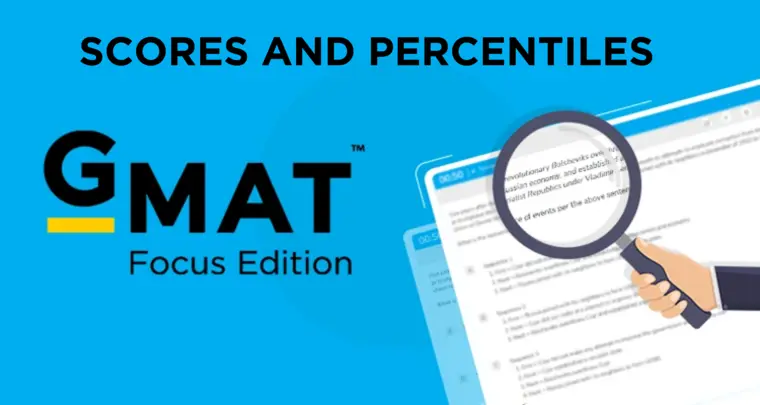Question: Yesterday, Candice and Sabrina trained for a bicycle race by riding around an oval track. They both began riding at the same time from the track’s starting point. However, Candice rode at a faster pace than Sabrina, completing each lap around the track in 42 seconds, while Sabrina completed each lap around the track in 46 seconds. How many laps around the track had Candice completed the next time that Candice and Sabrina were together at the starting point?
Options:
- A. 21
- B. 23
- C. 42
- D. 46
- E. 483
2. Solution Section:
Solution:
- Translate the problem requirements: We need to find when Candice and Sabrina will be together at the starting point again. This happens when the total time elapsed is a multiple of both their individual lap times (42 seconds for Candice, 46 seconds for Sabrina).
- Find the synchronization time: Calculate the least common multiple (LCM) of 42 and 46 seconds to determine when they’ll both complete whole laps simultaneously.
- Convert time to Candice’s lap count: Divide the synchronization time by Candice’s lap time to find how many laps she completed.
- Verify the solution: Check that both cyclists complete whole numbers of laps at this time.
Execution of Strategic Approach
- Translate the problem requirements Let’s think about what’s actually happening here. Candice and Sabrina start at the same point and ride around a track at different speeds. Candice is faster, completing each lap in 42 seconds, while Sabrina takes 46 seconds per lap.
The question asks when they’ll be together at the starting point again. This happens when both cyclists have completed whole numbers of laps at exactly the same moment in time.
In other words, we need to find a time when:
- Candice has finished some whole number of laps (let’s call it C laps)
- Sabrina has finished some whole number of laps (let’s call it S laps)
- They both finish these laps at exactly the same moment
This means we need: C × 42 seconds = S × 46 seconds
Process Skill: TRANSLATE – Converting the physical scenario into a mathematical timing problem
- Find the synchronization time To find when they’ll both complete whole laps simultaneously, we need the smallest time that is a multiple of both 42 and 46 seconds. This is called the least common multiple (LCM).
Let’s find the LCM of 42 and 46: First, let’s find the prime factorization of each number:
- 42 = 2 × 3 × 7
- 46 = 2 × 23
For the LCM, we take the highest power of each prime factor:
- Highest power of 2: 2¹ = 2
- Highest power of 3: 3¹ = 3
- Highest power of 7: 7¹ = 7
- Highest power of 23: 23¹ = 23
Therefore: LCM = 2 × 3 × 7 × 23 = 966 seconds
This means after 966 seconds, both cyclists will be at the starting point together for the first time since they began.
- Convert time to Candice’s lap count Now we need to find how many laps Candice completed in 966 seconds.
Since Candice completes each lap in 42 seconds: Number of laps = Total time ÷ Time per lap Number of laps = 966 ÷ 42 = 23 laps
- Verify the solution Let’s check our answer:
- Candice: 23 laps × 42 seconds/lap = 966 seconds
- Sabrina: How many laps did she complete? 966 ÷ 46 = 21 laps
- Sabrina: 21 laps × 46 seconds/lap = 966 seconds ✓
Both cyclists are indeed at the starting point after 966 seconds, confirming our solution.
Final Answer Candice completed 23 laps around the track the next time she and Sabrina were together at the starting point.
The answer is B. 23
Common Faltering Points
Errors while devising the approach
Faltering Point 1: Misunderstanding what “together at the starting point” means Many students think this means when one cyclist catches up to the other anywhere on the track, rather than specifically when both have completed whole numbers of laps and are simultaneously at the starting point. This leads them to set up incorrect equations about relative speeds or distances.
Faltering Point 2: Not recognizing this as an LCM problem Students may try to solve this using relative speed concepts (like “Candice gains X seconds per lap on Sabrina”) instead of recognizing that we need the least common multiple of the two lap times. This approach becomes much more complicated and error-prone.
Faltering Point 3: Setting up the wrong equation for synchronization Some students might set up equations like 42C = 46S + (some offset) thinking one person has a head start, when actually both start together and we simply need 42C = 46S where both C and S are whole numbers.
Errors while executing the approach
Faltering Point 1: Incorrectly calculating prime factorizations When finding LCM(42, 46), students commonly make errors like writing 42 = 6 × 7 instead of 42 = 2 × 3 × 7, or missing that 46 = 2 × 23 (not recognizing 23 as prime). These errors lead to wrong LCM calculations.
Faltering Point 2: Incorrect LCM calculation from prime factors Even with correct prime factorizations, students might multiply incorrectly (2 × 3 × 7 × 23) or forget to include all unique prime factors, leading to wrong values like 462 or 1932 instead of 966.
Faltering Point 3: Division errors when converting time to laps When calculating 966 ÷ 42, students may make arithmetic mistakes, potentially getting 22 or 24 instead of 23, especially if doing the division by hand or making mental calculation errors.
Errors while selecting the answer
Faltering Point 1: Selecting Sabrina’s lap count instead of Candice’s Since the verification shows Sabrina completes 21 laps in the same time, students who calculated both values correctly might accidentally select answer choice A (21) instead of B (23), misreading which cyclist the question asks about.
Faltering Point 2: Choosing the lap time instead of lap count Students might see 42 or 46 in the answer choices and select one of these, confusing the given lap times (42 seconds, 46 seconds) with the number of laps completed, leading them to pick C (42) or D (46).














